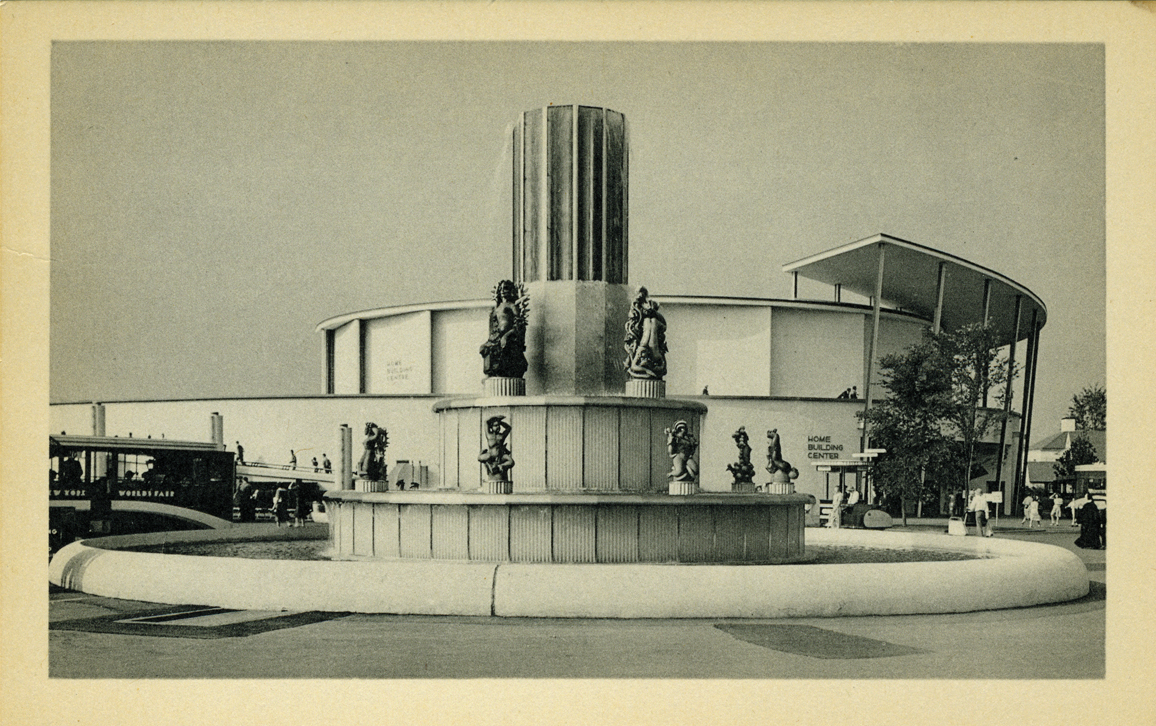An Octet in Flushing Meadows
By Roald Hoffmann
The Fountain of the Atom at the 1939 New York World’s Fair married art deco design with one of chemistry’s most enduring conceptual tools.
The Fountain of the Atom at the 1939 New York World’s Fair married art deco design with one of chemistry’s most enduring conceptual tools.

In the spring of 1939, as the world emerged from the Great Depression and braced itself against the threat of impending war, the United States hosted an optimistic exhibition of a brighter future. The 1939 New York World’s Fair was a showcase of economic might, nationalism, culture, and modernist and art deco design. Visitors arriving in Flushing, Queens, by subway entered the fairgrounds through the Community Interests zone. To their right was the Hall of Fashion, to their left was the Town of Tomorrow, and straight ahead, the Home Furnishing building. In the center of this area stood the Fountain of the Atom.

Donald G. Larson Collection on International Expositions and Fairs, Special Collections Research Center, Henry Madden Library, California State University, Fresno
Click "American Scientist" to access home page
American Scientist Comments and Discussion
To discuss our articles or comment on them, please share them and tag American Scientist on social media platforms. Here are links to our profiles on Twitter, Facebook, and LinkedIn.
If we re-share your post, we will moderate comments/discussion following our comments policy.